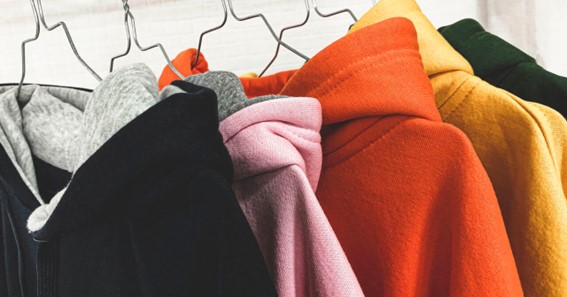Hoodies are a staple of fashion and comfort. They are the perfect combination of style and function, allowing you to look good and stay warm at the same time. But what exactly goes into making them? In this blog post, we’ll explore what materials go into making hoodies. We’ll also discuss why these materials are used, and how companies can ensure they are ethically sourcing their materials in order to create a more sustainable product. So if you’re curious about what goes into your favorite hoodie, check this one https://xxxtentacionmerchshop.com/hoodies/
A Brief History of hoodies
Hoodies have been around for centuries, with the first recorded instance of a hooded garment being worn by a monk in the 12th century. Hoodies were originally designed to keep the wearer warm and dry, and they soon became popular among workers in cold, wet climates. In the mid-20th century, hoodies began to be associated with rebellious youth culture, and they have since become a staple of casual wear. Today, hoodies are worn by people of all ages and backgrounds as a comfortable and stylish way to stay warm.
How Hoodies are Made?
Hoodies are usually made from cotton or synthetic materials. The most popular hoodies are made of a cotton/polyester blend. This blend is comfortable, durable, and easy to care for. Other common fabrics used to make hoodies include fleece, jersey, and terry cloth.
The construction of a hoodie is relatively simple. Most hoodies have a front pocket, kangaroo pocket, or both. The sleeves are usually long and finished with ribbed cuffs. The bottom hem is also usually finished with a ribbed band. The hood itself is lined with another fabric, often jersey or fleece. The combination of these hoodies features makes for a comfortable, functional piece of clothing that can be worn in a variety of settings.
Pros and Cons of Hoodies
Hoodies are comfortable, casual pieces of clothing that can be worn in a variety of settings. They are often made from cotton or synthetic materials, which can make them either warm or cool, depending on the climate. Hoodies also usually have a hood, which can provide additional warmth or protection from the elements.
There are a few potential drawbacks to consider when it comes to hoodies. First, they can be difficult to layer over other clothes if you need to add or remove layers throughout the day. Second, hoodies can be bulky and cumbersome to carry around if you don’t have a place to store them. Finally, some people find hoods inconvenient or unnecessary.
Conclusion
Hoodies have long been a staple in any wardrobe, and for good reason. Not only are they comfortable and stylish, but they also come in a variety of materials such as cotton or synthetic fabrics which make them suitable for any occasion. Whether you’re looking for something to wear at the gym, on a night out or just lounging around the house – hoodies offer an easy way to look great without compromising your comfort or style. With so many options available it’s easy to find one that fits your needs perfectly!
